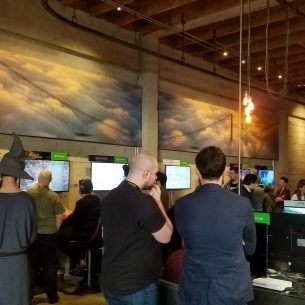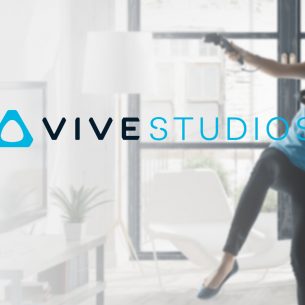Archive Post
Home / Game Developer Conference
GDC17: Indies Rule the House at Microsoft’s ID@Xbox Event
Article Written By: Tori Dominowski The Game Developers’ Conference lets independent game makers to show…
GDC 17: Hands-On With VR Sports & Front Defence
Vive Studios will introduce three brand new entertainment experiences for the HTC Vive this spring…


